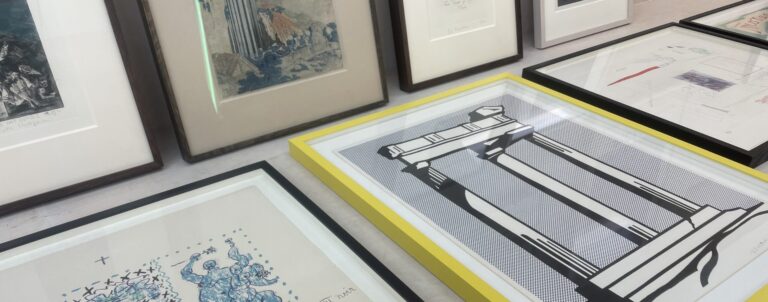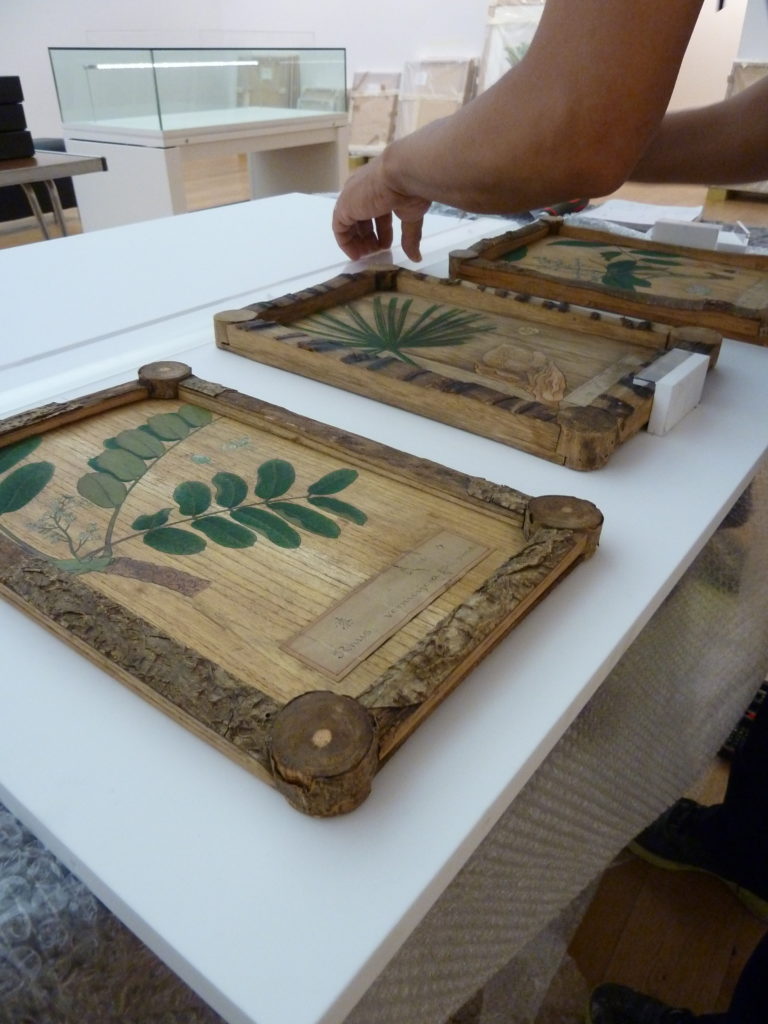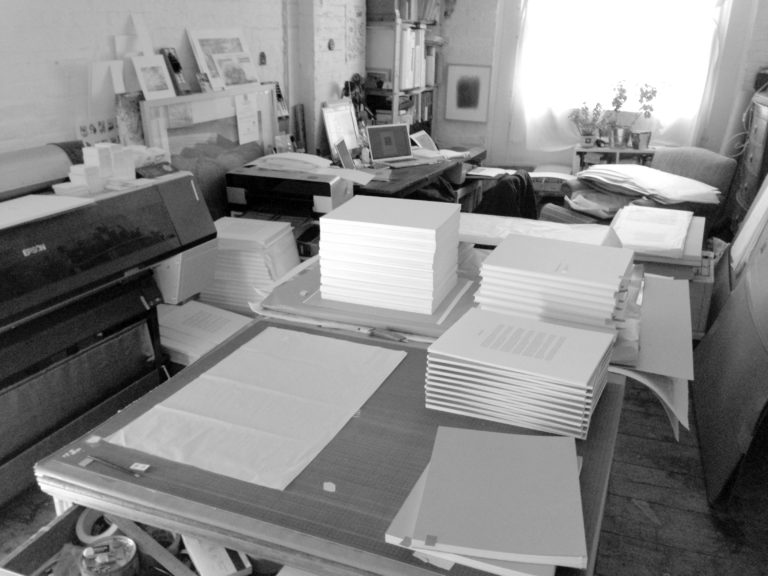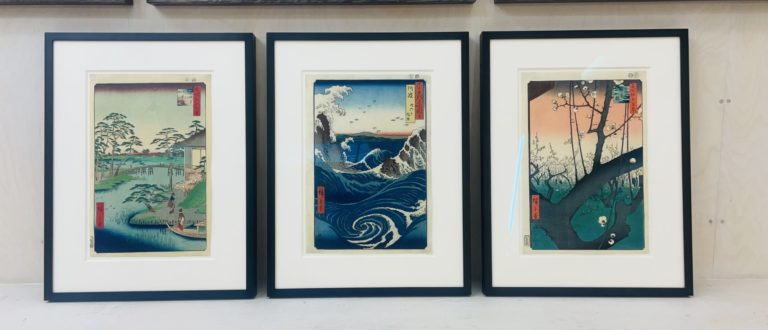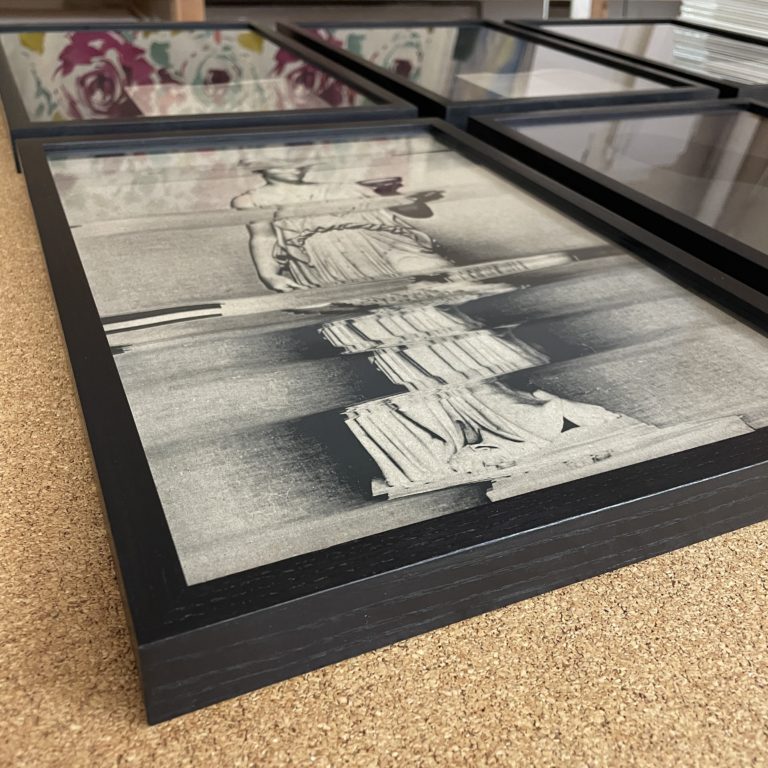Preserving Art for the Ages
Conservation framing, also known as museum-quality framing, is a specialised approach to framing artwork that prioritises the long-term preservation of art.
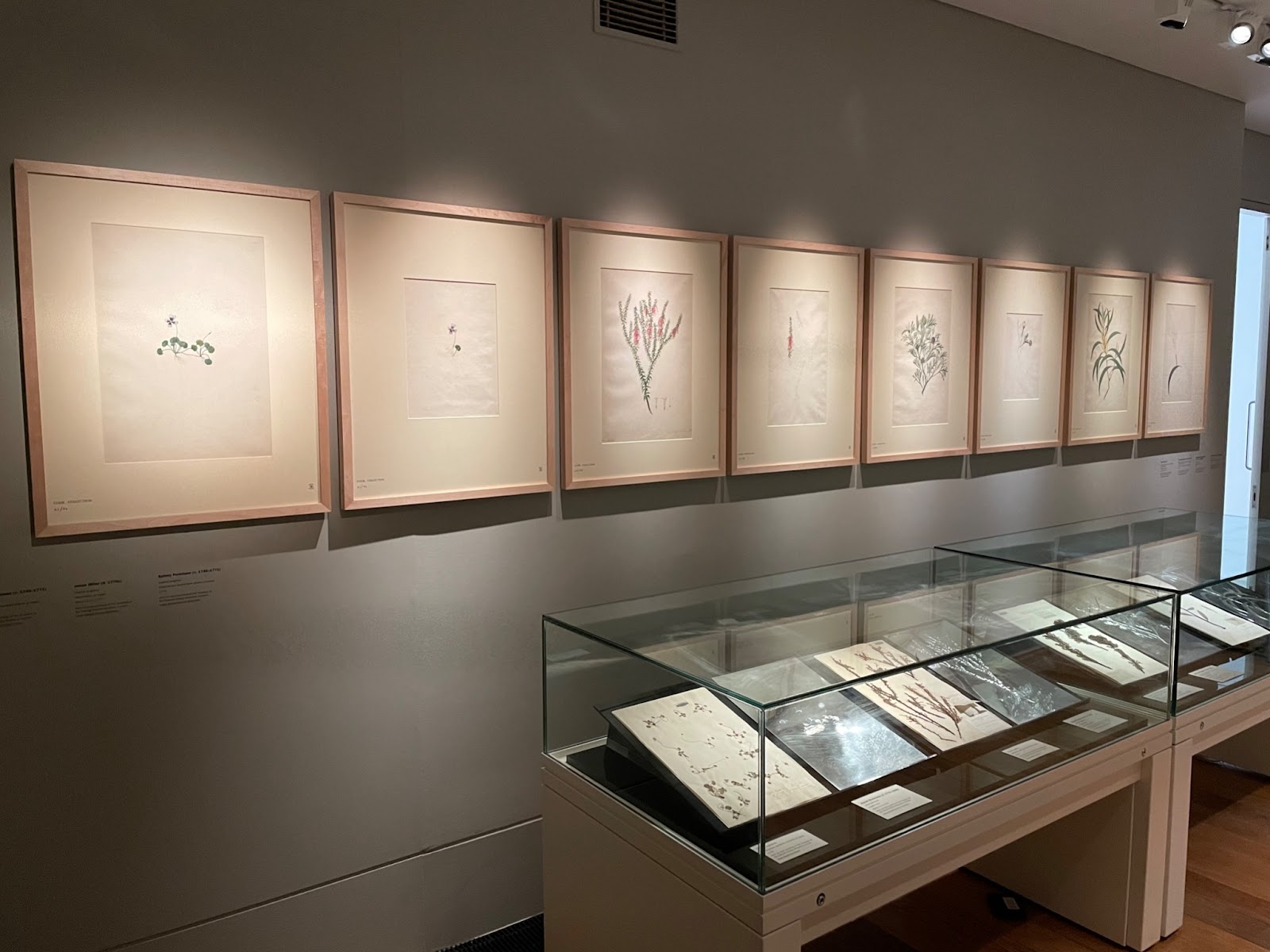
Conservation framing, also known as museum-quality framing, is a specialised approach to framing artwork that prioritises the long-term preservation of art. This technique involves using materials and methods designed to protect art from environmental factors and physical damage.
While conservation framing offers numerous benefits, it also comes with its own set of drawbacks. Here, we will explore the pros and cons of conservation framing, shedding light on the techniques used and their impact on art.
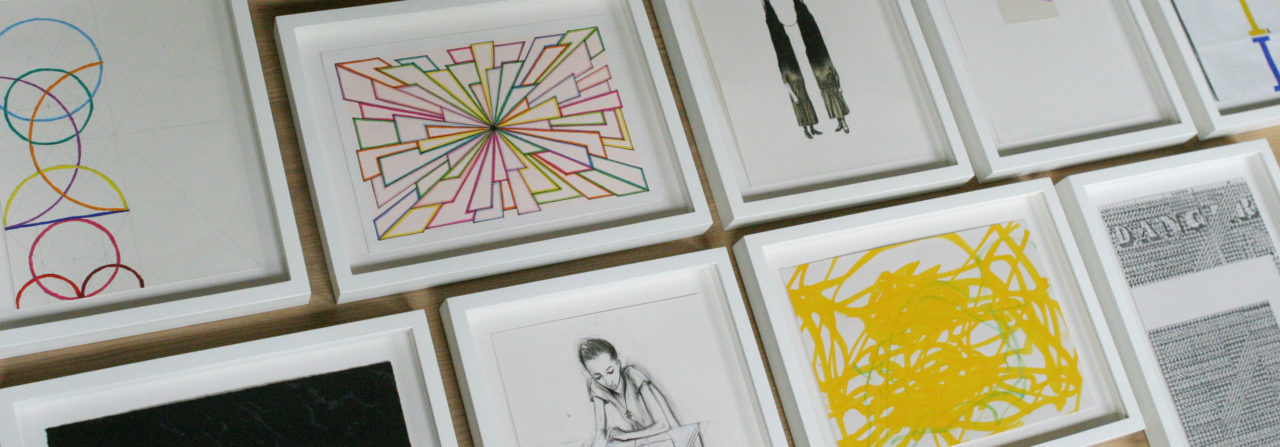
The benefits of Conservation Framing
Preserving Artwork
- Protection from UV Light:
Conservation framing employs UV-protective glazing, which shields artwork from harmful ultraviolet rays that can cause fading and deterioration over time. Have a look at our page on specialised glass:
- Acid-Free Materials:
Acid-free matting and backing boards prevent acidic components from leaching into the artwork, safeguarding it against yellowing and damage.
Have a look at our page on mounting and learn more about Rising mount board our go to museum quality board.

2. Enhanced Longevity
- Prevents Moisture Damage:
Conservation framing uses moisture-resistant materials, reducing the risk of mould, mildew, and warping due to humidity changes. - Prevents Dust and Debris:
Sealing the frame with dust-proof barriers keeps the artwork clean and free from debris.
3. Aesthetic Appeal Enhanced Presentation:
- Aesthetics:
Conservation framing emphasises aesthetics, with careful consideration of mat colours and frame styles to complement and highlight the artwork. - Non-Distracting Mounting:
The use of hinging and mounting techniques that are virtually invisible ensures that the focus remains on the art itself. Have a look at our page on frames and finishes: https://se1pictureframes.co.uk/services/framing/frames/
4. Reversibility
- Artwork is Protected Without Alteration:
Conservation framing techniques are designed to be reversible, allowing future conservators to remove the artwork without causing damage. Have a look at our conservation framing services:
The Cons of Conservation Framing
1. Cost
- High Initial Investment:
Conservation framing materials and methods tend to be more expensive than standard framing. This can be a significant consideration for budget-conscious art owners.
2. Limited Accessibility:
- Specialised Expertise:
Conservation framing requires specialised skills and knowledge, which may limit access to qualified framers in certain areas. This can lead to longer turnaround times for framing projects.
3. Aesthetics and Creativity Constraints
- Limited Frame Choices:
While conservation framing enhances preservation, it may limit the range of available frame options. Some art owners may find this restrictive in terms of artistic expression. - Conservative Approach:
The conservative nature of conservation framing may not suit all artistic styles, especially for contemporary or avant-garde art.
4. Over-Preservation:
- Over-Preservation Risks:
Excessive conservation measures, such as vacuum-sealing, can lead to issues like delamination or trapped moisture, which could harm the artwork in the long run.
Conclusion
Conservation framing is an art form in itself, marrying the preservation of art with the aesthetics of presentation. Its primary benefits lie in the protection, longevity, and visual appeal it offers to artwork, making it an ideal choice for valuable and cherished pieces.
However, the cons of conservation framing, including its cost, limited accessibility, and potential creativity constraints, are essential to consider.
Ultimately, the decision to employ conservation framing should be based on the specific needs and priorities of the art owner, with careful consideration of the artwork’s value, historical significance, and individual artistic preferences.
Conservation framing serves as a testament to the commitment to preserving the art for future generations while acknowledging the trade-offs and limitations inherent in this specialised approach.
When handling artwork, we use conservation framing methods. This means using materials and techniques that preserve and protect the artwork. It also means that the techniques are reversible, ensuring that the artwork can be released and removed with minimal material damage.
You can check out our Conservation Framing services here.
Address
BY APPOINTMENT ONLY
SE1 Picture Frames, Alaska Buildings,
61 Grange Road, London,
SE1 3BH, United Kingdom
Nearest tube: London Bridge, Bermondsey, Borough
Bus: Number 1 and 78.
Free visitor parking available:
Entrance is via Bacon Grove just off Grange road. Enter the Alaska Buildings through the large electric gate. Push buzzer and speak to security to gain access.
Email Address
Phone Numbers
Contact us
We are usually on site but to avoid disappointment and to allow us plenty of time to discuss your project with you, please contact us and book an appointment before you set off.
On arrival please report to security.
Request a Quote
Please be aware that an accurate quote is usually only possible once we have seen the art work and discussed all possibilities with you. Our standard framing is to conservation standards and this will be reflected in the quote unless otherwise specified.

